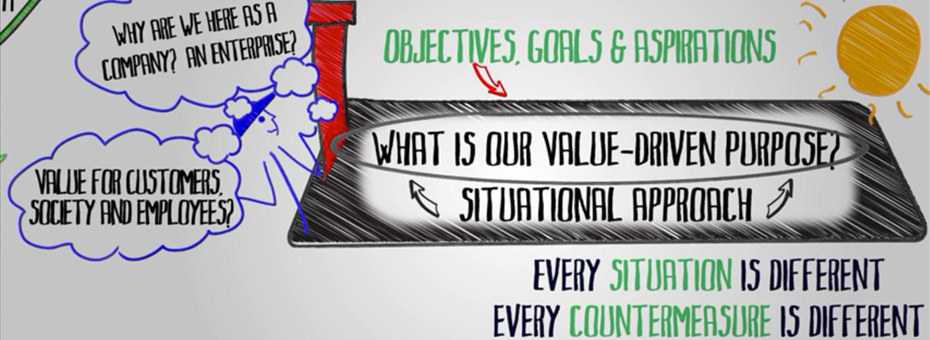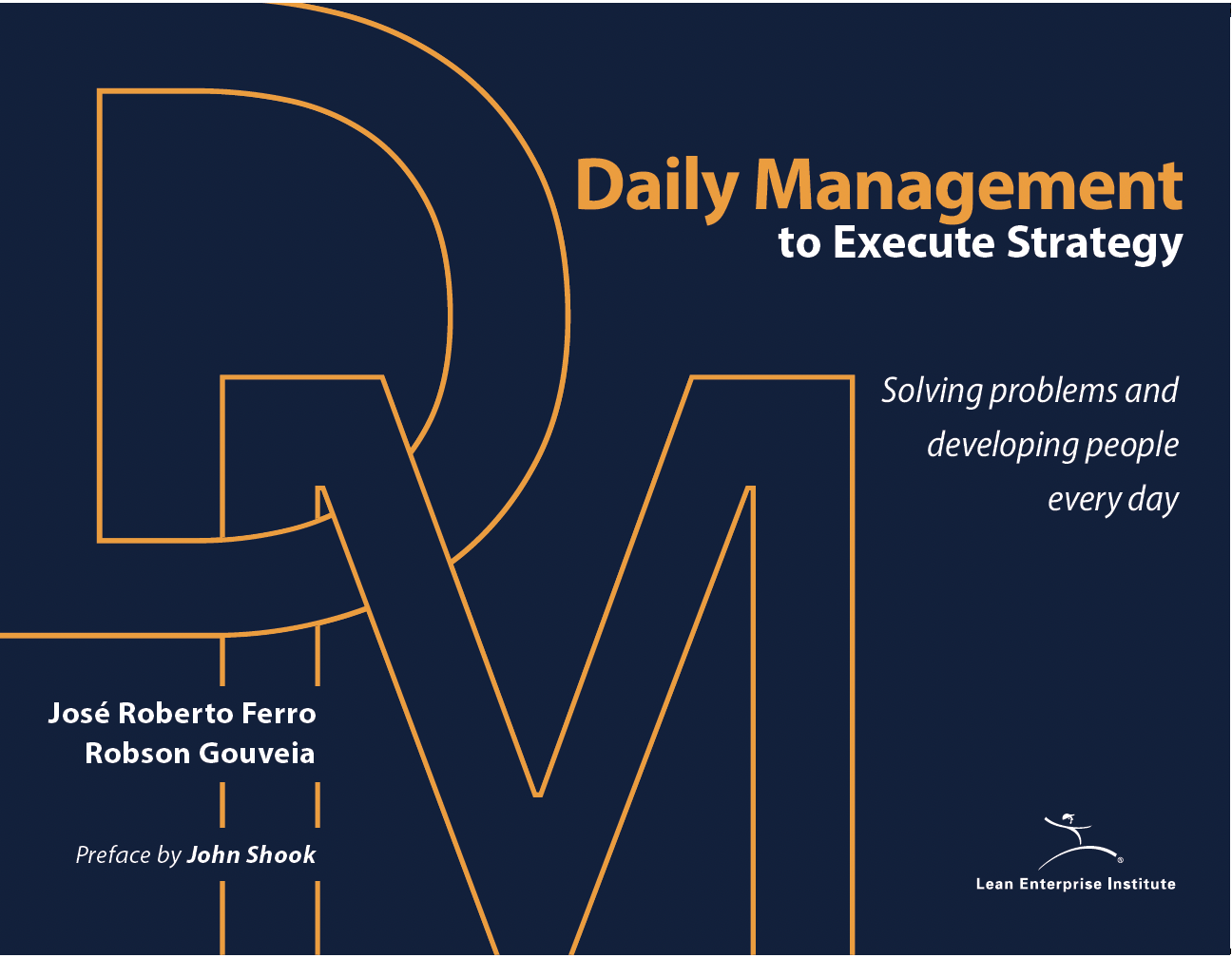Experiments are part of learning. Here is our latest experiment in learning, animating the Lean Transformation Model. For those of you not familiar with “LTM”, here are 5 questions that are essential to any transformation:
- What is the purpose of the change–what true north and value are we providing, or simply: what problem are we trying to solve?
- How are we improving the actual work?
- How are we building capability?
- What leadership behaviors and management systems are required to support this new way of working?
- What basic thinking, mindset, or assumptions comprise the existing culture, and are we driving this transformation?
Does this animation help your understanding of LTM? Please let us know in the comments.





